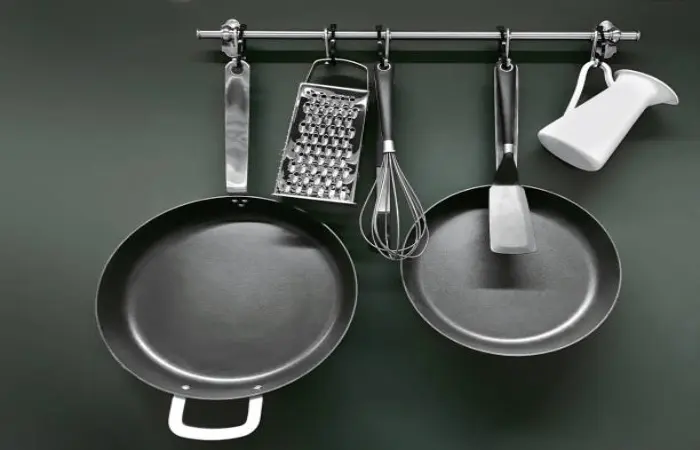Mastering the Art of Frying Pan Cooking
Cooking with a frying pan is a fundamental skill in the kitchen that can yield delicious and versatile meals. Whether you’re a beginner or a seasoned chef, mastering the proper techniques can elevate your dishes to new heights. In this guide, we’ll explore the essential steps and tips for using a frying pan effectively.
Choosing the Right Pan
Before diving into cooking, it’s essential to select the right frying pan for the job. Consider the following factors:
Material: Opt for pans made of stainless steel, cast iron, or non-stick coatings, depending on your preference and the type of food you’ll be cooking.
Size: Choose a pan size appropriate for the amount of food you’ll be cooking to ensure even heat distribution.
Handle: Look for a frying pan with a sturdy, heat-resistant handle for safe and comfortable handling.
Preheating the Pan
Properly preheating your frying pan is crucial for achieving optimal results. Follow these steps:
Place the pan on the stovetop over medium heat.
Allow the pan to heat up for a few minutes until it’s evenly heated throughout.
To test if the pan is ready, sprinkle a few drops of water onto the surface. If the water droplets sizzle and evaporate quickly, the pan is hot and ready for cooking.
Adding Oil or Fat
Adding oil or fat to the pan creates a non-stick surface and adds flavor to your dish. Here’s how to do it:
Once the pan is preheated, add a small amount of oil or fat, such as olive oil, butter, or cooking spray.
Swirl the oil around the pan to coat the surface evenly.
Be mindful not to use too much oil, as it can lead to greasy dishes.
Cooking Techniques
Mastering various cooking techniques will help you achieve the perfect results with your frying pan. Here are some common techniques:
Sautéing: Cook small pieces of food quickly in a small amount of oil over medium-high heat, using a tossing or stirring motion.
Pan-Frying: Cook larger pieces of food, such as chicken or fish, in a generous amount of oil over medium heat, flipping halfway through the cooking process, continue to read.
Stir-Frying: Cook thinly sliced ingredients, such as vegetables and protein, in a hot pan with oil, constantly stirring or tossing them until they’re evenly cooked.
Frying: Submerge food in hot oil for deep frying, ensuring the oil is at the correct temperature to prevent the food from becoming greasy.
Maintaining Even Heat
To ensure even cooking and prevent hot spots in your frying pan, follow these tips:
Arrange food evenly across the surface of the pan.
Avoid overcrowding the pan, as this can lower the temperature and result in uneven cooking.
Rotate or flip food as needed to ensure all sides are cooked evenly.
Cleaning and Care
Properly cleaning and caring for your frying pan will prolong its lifespan and maintain its performance. Here’s what you should do:
Allow the pan to cool completely before cleaning it to avoid warping or damage.
Wash the pan with warm, soapy water and a non-abrasive sponge or cloth.
Avoid using harsh cleaning agents or abrasive materials that can scratch the surface of the pan.
For stubborn residue, soak the pan in warm, soapy water before scrubbing gently.
Dry the pan thoroughly with a clean towel to prevent rusting.
Conclusion
Cooking with a frying pan is a versatile and rewarding experience that allows you to create a wide range of delicious dishes. By following these tips and techniques, you’ll be well on your way to mastering the art of frying pan cooking and impressing your friends and family with your culinary skills.

